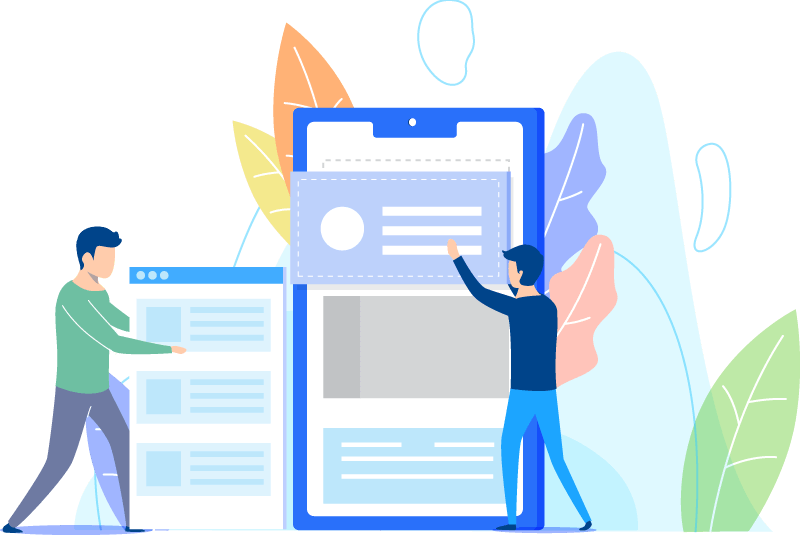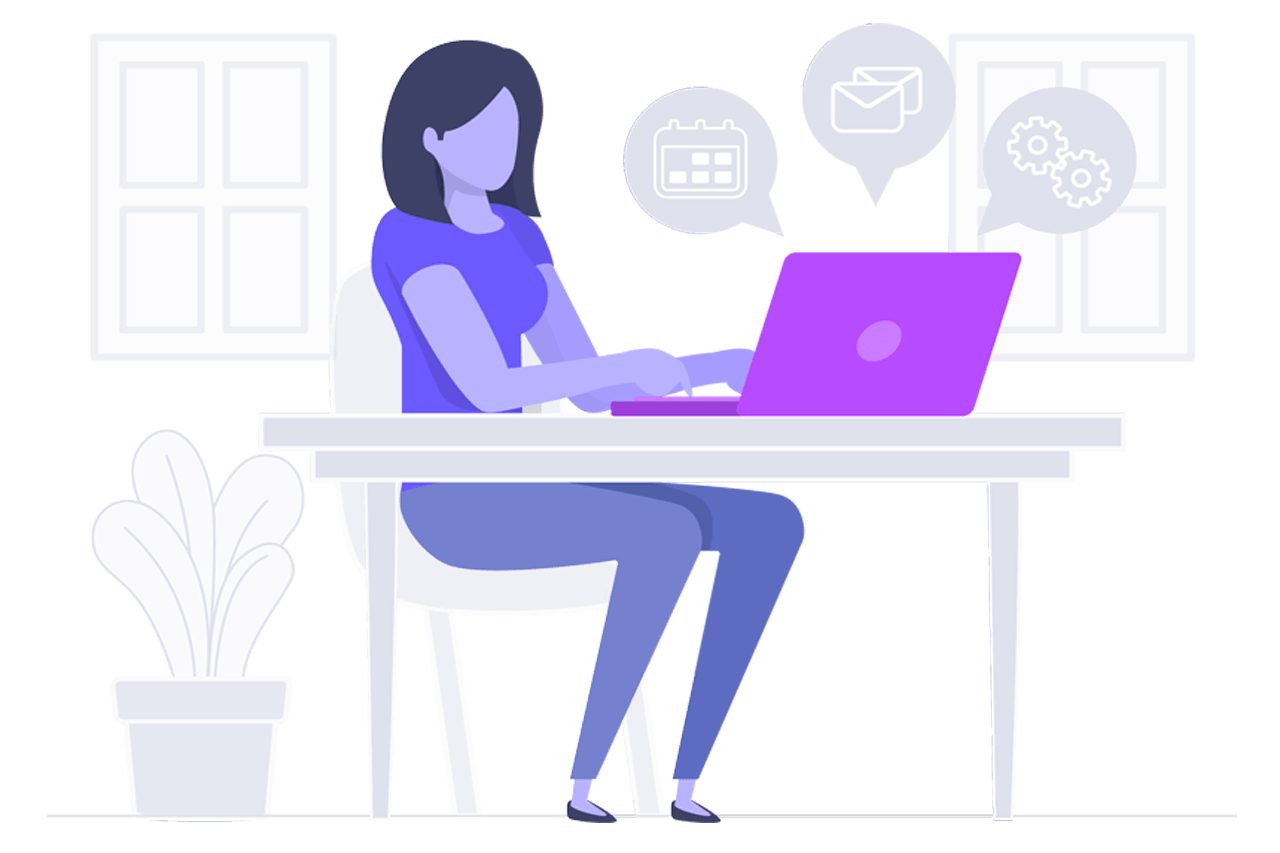eCommerce Development Packages for Small Businesses
If you do not have an Online shop then the Logue Group can help you with our eCommerce Development Packages. We work together with our Clients to ensure your Design meets your Brand, Image in the Market and taste. Clients can choose from three options to ensure our packages fits Clients business.
Summary of Key Points
At Logue Group, we understand that a strong online presence is essential for business success, which is why we provide bespoke website solutions that cater to the unique needs of every client. Our streamlined design process ensures that each step, from discovery to launch, is tailored to your specific goals, making it easier than ever to create a compelling digital identity. With our commitment to exceptional service and innovative strategies, we strive to transform your ideas into reality, helping you engage your audience and boost your bottom line effectively.
Why do I need a eCommerce
If you are in business then you need a website!
Looking to establish your brand’s online presence? Look no further than the LOGUE Group. As a leading digital marketing agency, we specialise in website design and development. A website is more than just an online platform; it’s a powerful tool for creating brand awareness, showcasing your brand to prospective customers, and setting your business apart from competitors. Our team will work closely with you to ensure your design captures your brand’s image, market position, and taste. But more so we focus on getting you business results that exceed your expectations. Choose from our range of packages tailored to fit your business needs and take the first step towards building a digital world for your brand. Discover more about our website design and development services today.
Our ECOMMERCE Packages for Small Business
We offer a wide range of Website Design Packages suitable to your needs. Our Websites are built using Divi from Elegant themes on a WordPress CMS Platform. Call us to discuss your needs today on 02-800-35308.
Start-up ECOMMERCE Package
5 Page Website
A Website suitable for a business starting with a digital presence. A compact Website that is professionally designed and built to get you into the market.
The Start-up Website includes:
- Website based on a theme design;
- 5 Naviation Labels with a Menu;
- 5 pages tailored to your needs;
- 10 Stock Images;
- a Contact Form; and
- Private Website Training Session.
Plus much more.
Prices start from $1,599
Growth ECOMMERCE Package
10 Page Website
A growing business needs a Growth Website that will enable it to further the business. Your through the start-up phase and now need to expand your market presence.
The Growth Website includes:
- Website based on a Custom design;
- 10 Navigation Labels with Submenu;
- 10 pages tailored to your needs;
- 20 Stock Images in total;
- 2 Contact Forms; and
- Private Website Training Session.
Plus much more.
Prices start from $2,799
MARKETPLACE Package
20 Page Website
A growing business needs a Growth Website that will enable it to further the business. Your through the start-up phase and now need to expand your market presence.
The Growth Website includes:
- Website based on a Custom design;
- 20 Navigation Labels with Submenu;
- 20 pages tailored to your needs;
- 10 Custom plus 20 Stock Images;
- 4 Contact Forms; and
- In Person Website Training Session.
Plus much more.
Prices start from $4,999
Why choose us for your Small Business Website?
You have so many factors to consider when selecting a web design company. Below are a number of reasons why to select us. But first & foremost we are business results focused in addition to creating a stylish website. Call us today and ask why us on 02-800-35308.
1. Business Focused Foremost
2. A Network of Professionals
3. Solutions that fit your needs
4. Failing to Plan = Planning to fail
5. Unique Elegant Designs
6. Quality Assurance & Testing
7. Leading Edge Technology
8. Unique Visual & Audio Content
9. Software Support Maintenance

Website Design Process for Small Businesses
That’s why we have developed our small business website process, which is perfect for small business websites where we can work closely and efficiently with business owners.
Our website process eliminates unnecessary steps and focuses on the most critical aspects of website development, ensuring that you get the very best result and importantly, value for money.
Week 0: Commercial Phase – finalise the Contract, Scope & Payments
1. Let’s chat about your website
Contact us for an obligation-free meeting by phone, webcam or in person. We need to understand your business, the people, product & services, industry & competition and the website requirements. There is a frequently asked question section on website packages you should read as this will trigger more questions about our website design packages, design services, the process & methology, and any other miscellaneous subjects. Finally, you will be issued with a website proposal for acceptance.
2. Let’s start your project
On acceptance of the proposal, an initial payment is required to commence the project. The initial payment is typically 50% of the total amount plus GST (Good & Service Tax).
Week 1: Project Management Phase – finalise the Scope, Roles & Responsibilites & Schedule
1. Let’s start your project
Once the initial payment has been received, we schedule a meeting to kick-off the project.
2. Planning
A video call or an in person meeting with a whiteboard will enable us to define the overall design, structure and navigation, webpages, brand message and user experience.
All major dependencies are define, the tasks the Client is responsible for, and the effect delays can have on the whole project. Our expectation is the client will deliver any videos, images & infographics, audio and copy for the website content you plan to use.
3. Schedule
A project schedule is established that the project will be managed against in terms of deliverables and time.
Week 1: Requirements Definition Phase – establish client’s expectations
1. Get to know you
A video call or an in person meeting with a whiteboard will enable us to define your expectations.
2. Your expectations
We discuss in a level of details your expectations for the website project. Things we need to discuss include your company culture, company brand, colour schemes, typography and fonts, page names, navigation structure, connected pages and much more.
3. Establish Client’s content
You then provide final approved content, including branding, imagery and website copy.
Week 1: Analysis Phase – consider alternative approaches
1. What are the possible options
Consider a number of alternative approaches to meet the Client’s expectations.
2. Look at Competitors
Evaluate competitors and their approaches to a digitial presence.
3. Evaluate Designs
What designs has the Client seen they like and would consider?
Establish layouts, colours and navigation options for client.
.
Week 2: Design Phase – give the client 2 options
1. Create Wireframe
Establish a Home Page Layout for the Client.
2. Create Prototype
Based on the Wireframe above start to add in conceptual content.
3. Compare options
The Client needs to compare three designs one against the other. We give Clients 3 options to choose from.
4. Make a selection
Clients are encourage to make a selection from the three options above.
5. Minor Adjustments
Clients can make unlimited minor design changes but within reason.
A 20% OF TOTAL COSTS MILESTONE PAYMENT IS DUE ON THE DESIGN ACCEPTANCE.
Week 3 to 4: Customisation Phase – system configuration
1. Install Software
Install Content Management System of WordPress, Divi page builder & child theme, and plugins and extensions. Update software to latest version.
2. Create Theme Design
Create the header, Footer, Page, Post and Project theme layouts plus missing pages 404.
3. Create Webpages
Create base structure of webpages using the design layout. Place Heading 1, Subheadings, Video / Images / Audio in their place and “fake” copy. Establish parent, child and grand child relationships for the webpages
4. Create Navigation
Create the Menu and Sub-menu structure for the website
5. Page Relationship
Establish the relationship between pages and create internal links.
6. Create Forms
Build the forms that belong on the appropriate webpages.
Week 5 to 6: Customisation Phase – software development
1. Find Existing Software
look to see if this software exists. This phase is only necessary if there is no plugins, add-on or extensions available to meet the needs.
2. Low Level Design
Software Engineer establishes a low level design (detail design) to build the software program against
3. Build Software
Create the software program to meet the client’s requirements.
Create the header, Footer, Page, Post and Project theme layouts plus missing pages 404.
4. Create Test Plan
Create Software Test Plan and the people involved to test the functionality developed.
5. Execute Tests
Execute the test scripts according to the plan. Record the results for regression tests and further development if necessary.
Week 5: Training Phase – software development
1. Identify Key Staff
Establish the key staff that needs to be trained. We provide a train the trainer approach. This staff member will be responsible for training other staff.
2. Undertake Training
Undertake training for the key staff.
3. Provide Support
We are available by email, phone and in extreme cases in person to provide support to the Client.
Week 5: Acceptance Phase – client tests
1. Client Test Plan
We provide support for the Client to establish a Test Plan
2. Client Executes Scripts
The Client undertakes the test scripts according to the plan. The Client reports critical software defects to us in writing. We fix the software defect and provide to the client for regression testing.
3. User Acceptance
If there are no critical software defects then the client must accept the solution to be released to production / operations.
20% OF TOTAL COSTS MILESTONE PAYMENT IS DUE ON COMMENCEMENT OF USER ACCEPTANCE TESTING
Week 5: Release Phase – move software to production
1. Create Production
Create the production environment to be used in operations.
2. Schedule Conversion
Plan with the client dates and times suitable for conversion of software
3. Migrate Software
Migrate Software to the production environment for commercial operations.
4. Final Testing
Complete final regression testing of the software in the production environment for commercial operations.
5. Release
If the final testing is passed then the website is released to the client for commercial use.
THE FINAL 10% MILESTONE PAYMENT IS NOW DUE.
Fully Responsive
Device Testing
Clean & Modern
Great Experience
How May We Help You!


